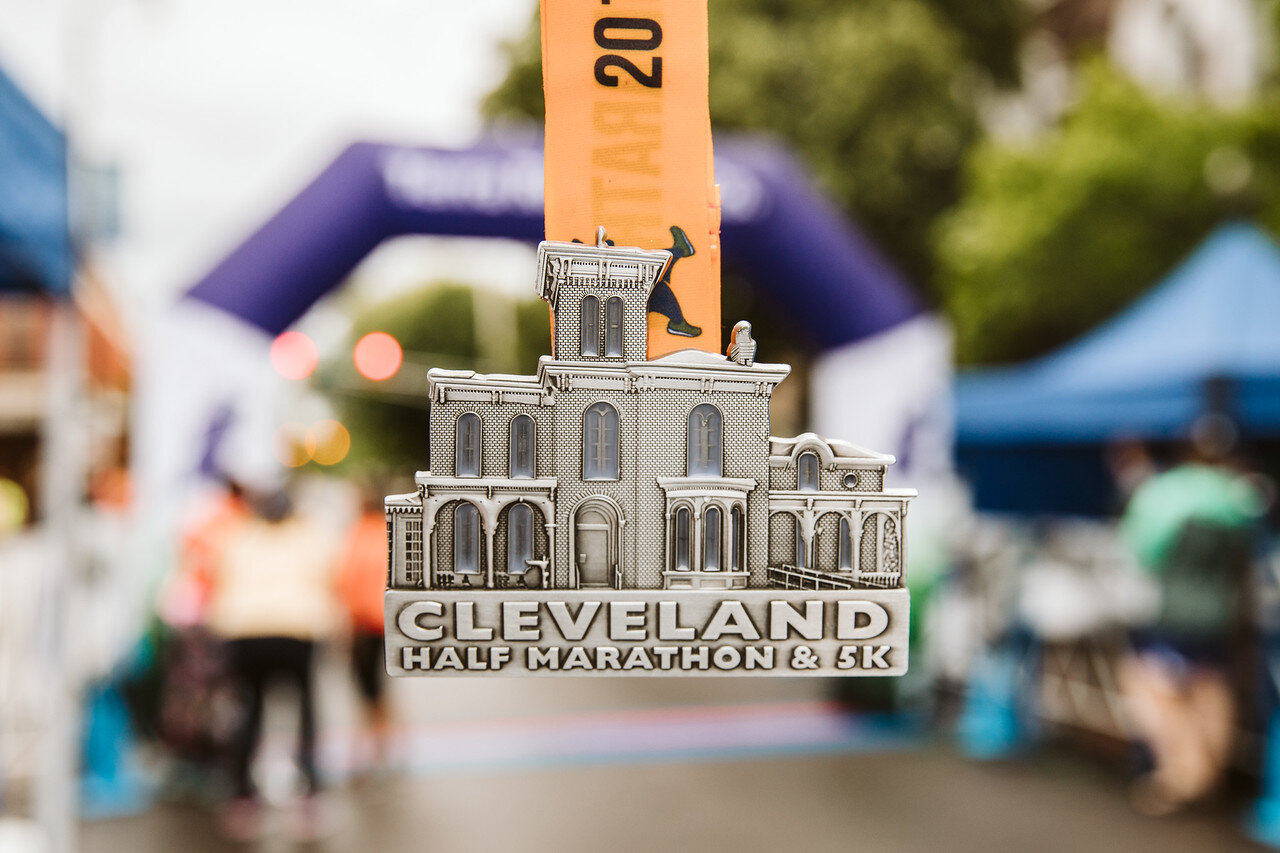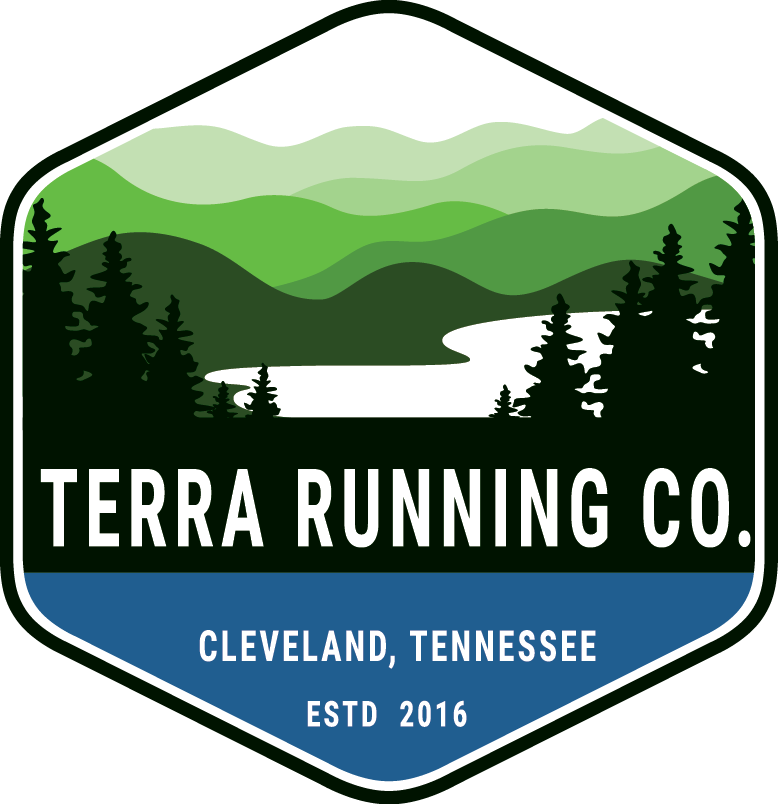
Foam Rolling 101
Have you ever been to a race, gym training session, or athletic event and noticed people rolling on the ground on a foam cylinder and could not help but think what are they doing?! Well, you are not crazy for thinking this way! What they are rolling on is called a foam roller; Foam rollers are a cylinder wrapped with a textured firm foam. There are many kinds of foam rollers, however; their benefits can add significance to athletic performance and recovery.
The benefits of a foam roller consist of but are not limited to:
1. Mobility Recovery
2. Injury Prevention
3. Improved Technique
(Disclaimer: this blog post is NOT medical advice or a must-have guide. If you are experiencing pain or injury, please consult with your healthcare providers before trying)
Even though foam rollers do not look aesthetically pleasing, they do indeed have good benefits. The practice of foam rolling was designed as a self-myofascial release, meaning the fascia around your muscles that is tight, worn out, and overused can gain some relief and possibly some restoration in mobility. The practice of foam rolling is not a very time-consuming practice, because you do want your muscles to rest after a long run or gym training session. Instead, foam rolling can take place in as little as five minutes and as long as ten minutes. Now foam rolling does not target bones meaning when researching and thinking about adding this practice into your regimen try to avoid bones or large joints. Instead, the main muscle groups many runners try to roll out are the Hamstrings, Quadriceps, Calves, and Glutes. These are some of the main muscle groups that are activated when running but also need extra attention when focusing on recovery. Now that we have covered the main introduction of a foam roller, let us talk about time!
You do not need to focus 10 minutes on each muscle group, however; just to begin you can try to roll out each muscle group for 30-60 seconds then move on, totaling in just a few minutes and this part of the recovery regimen can be complete. Also, the quote “slow and steady wins the race” comes into play with the practice of foam rolling. You want to make sure you use a gentle and slow approach to foam rolling, your muscles are already tired, and you do not need to overwork them while trying to recover as well!
Now you may be wondering “Which Foam Roller should I choose?” Just like we tell you in-store about
shoes “it depends on you,” this can be applied to choosing a foam roller as well. If you are just starting out then a basic firm foam roller may be a good option, however, the more you do and the more you run this can change. Each roller is made differently, some rollers emphasize deep tissue work, while others emphasize muscle activation. We offer many different types of rollers at Terra Running that you can come by and try out in-store.
At the end of the day as scary or weird as a foam roller may look, this may be a practice to research and add into either a pre-run/workout or post-run/workout regimen. Trying new recovery practices is hard, but beneficial to living a healthy athletic life!
Mixing Up Rest Days
Rest days.
Some love ‘em, some hate ‘em. Whichever camp you fall into, rest days are vital to maintain optimal health and performance.
Especially if you are coming off of training for a race, it is important to make sure that you reset and allow your body adequate time to recover — and don’t forget there is a difference between an active recovery day and rest day! Active recovery workouts should keep 30 to 60 percent of your max heart rate (according to the Journal of Strength and Conditioning Research) while a rest day should allow your body time to completely rest. In other words, going on a hike would be considered active recovery not a rest day.
If you are someone who would prefer that every day was a rest day, this is probably great news; lounging around on the couch does count as a rest day, Netflix junkies rejoice! If you are someone who doesn’t feel complete without your daily workout, a rest day can leave you feeling sluggish and out of your routine.
If you fall into the latter camp, there is still good news! Your rest day doesn’t need to be sitting around on your couch all day but can include some more intentional practices to keep yourself both in tiptop condition and on track with your daily routine.
Foam Rolling
Foam rolling massages out tight muscles and can help prevent injury. Benefits of foam rolling include increased blood flow to muscles, faster recovery times, and less delayed-onset-muscle soreness (DOMS) after strenuous exercise. It is also the perfect rest and recovery day activity, giving both your mind and your muscles a boost. You can find various foam rolling routines online, ranging from shorter, muscle specific tutorials, to longer sessions aimed at working the whole body. If you need somewhere to start, check out this nice 5 minute video from TriggerPoint designed to aid in recovery after logging a lot of miles.
Yoga
Though yoga can easily and quickly fall into the active recovery category, other forms of yoga, such as yin yoga, are slower and more meditative. The slow and prolonged stretching in yin yoga provides increased blood flow, not only for your muscles, but also for fascia and other connective tissue. What’s more, the extended time in poses allows the mind to slow down and relax.
Meditation, Mindfulness and Play
Though traditional mediation is not everyone’s cup of tea, intentionally practicing mindfulness on rest days can be another way to engage a sense of habit and focus on well-being. And mindfulness doesn’t have to just be sitting and thinking about your breathing! It can be creating a thankfulness practice (an example could be naming 100 things that you are thankful in that present moment), journaling, praying, or even some sort of play such as completing a crossword puzzle, reading, or playing a game with your family or friends. Whatever you choose, focus on putting the phone down and staying in the present with those around you.
No matter what your preferences are, rest and recovery days are important for even the most elite athletes (and this is to say nothing about the incredible importance of sleep)! Though a nice “crash-on-the-couch-day” is a wonderful treat now and again, more intentional rest and recovery exercises can also be a welcome boost to any routine.


